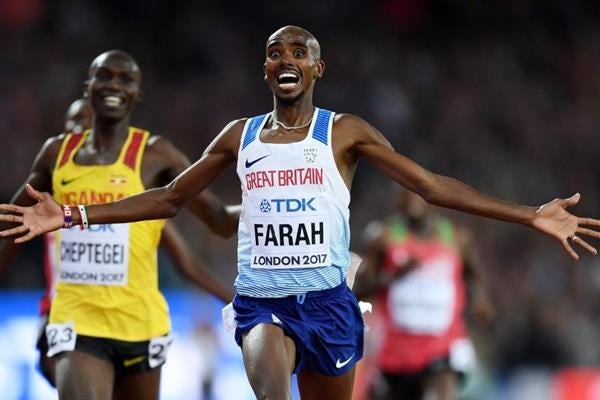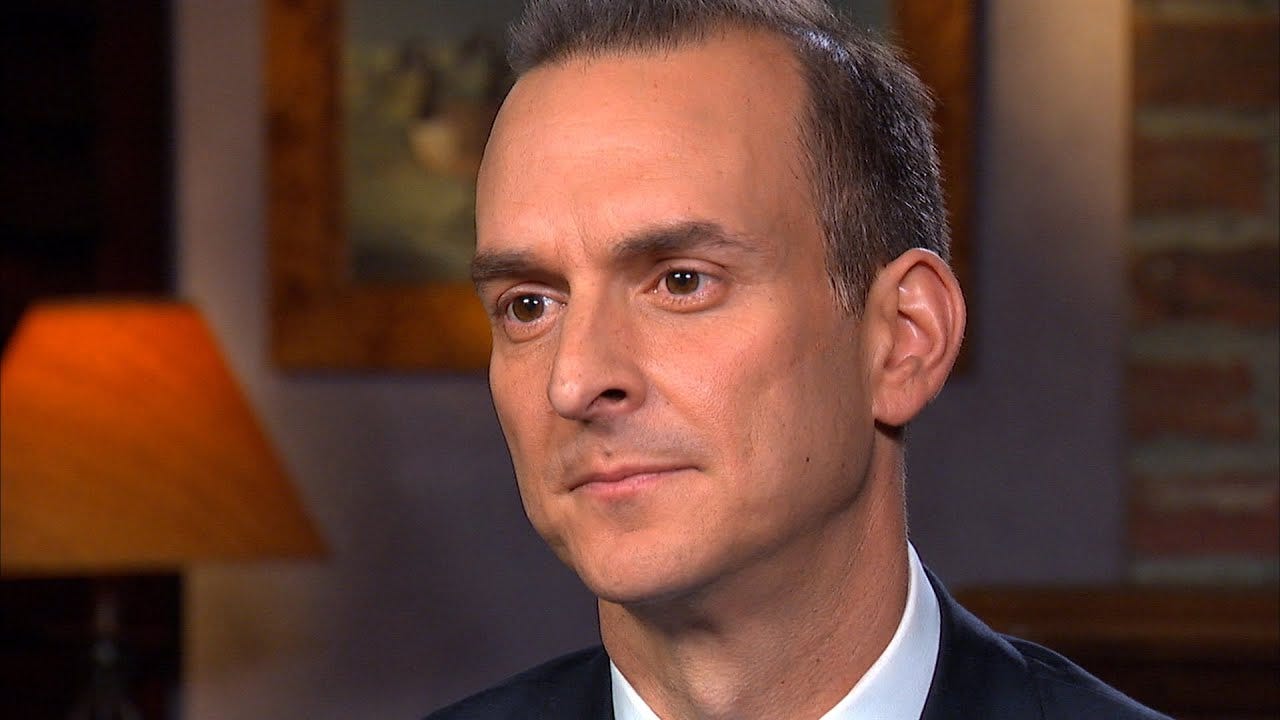You can listen to this episode of our Top 5 stories of the week right here 👆 by pressing ▶️ or in all the usual podcasting apps. Here are the links to a few spots for you to listen and subscribe 😉 :
1. A pair of one hour world records

On Friday evening, at the Brussels’ Diamond League Meet both the men’s and women’s one-hour world records fell. A rarely contested event, the one-hour race consists of athletes trying to run as many laps as they can in an hour.
On the men’s side, Olympic champion Mo Farah ran away from the field, covering 21,330m—running just under 59:30 half marathon pace—breaking the previous record of 21,285m held by Ethiopia’s Haile Gebrselassie. This is the 37-year-old Farah’s first race since the Chicago Marathon in 2019 and sets him up well as he prepares to tackle the 10,000m at the Tokyo Olympics.

The women’s side witnessed a clash of titans as two of the sport’s top distance runners went head-to-head. Sifan Hassan, the 1,500m and 10,000m world champion squared off against marathon world record holder Brigid Kosgei. The two athletes duked it out until the final minute with Hassan pulling away to run 18,930m, more than 400m farther than the previous record of 18,517m held by Ethiopia’s Dire Tune.
Despite finishing 50m behind Hassan, it was revealed post-race that Kosgei has been disqualified for stepping on the rail with seven minutes remaining.
2. U.S. government threatens to pull funding from WADA (and WADA dangles the Olympics in return)
Last Thursday, Reuter’s reported that the U.S. government is threatening to pull funding from the World Anti-Doping Agency (WADA). The decision is backed by the United States Anti-Doping Agency (USADA) with USADA president Travis Tygart saying WADA is in need of an overhaul as it turns a blind eye to issues such as Russia’s supposed state-sponsored doping program.

USADA president Travis Tygart
The U.S. is the single largest contributor to WADA’s funding, paying $2.7 million of its $37.4 million budget. According to current WADA rules, if the U.S. pulled funding, it would no longer be allowed to sit on any WADA committees.
But WADA says that other governments, shocked by the U.S.’s statement, have suggested the agency amend its compliance standards. One possible outcome could be that if the U.S. pulls funding, it would be declared non-compliant with the World Anti-Doping Code, making U.S. athletes ineligible for international events, including the Olympics.
3. 12-year-old wins Ultramarathon

12-year-old Gavin Moore led the 2020 Cremator Ultra 50-Mile Endurance Race from start to finish, and averaged 9:24/mile (5:50/km.) photo: eatsleepplaybeaufort.com
A 12-year-old runner from South Carolina turned heads this summer by winning a 50-mile ultramarathon in seven hours, 49 minutes and 40 seconds.
Gavin Moore, who will start grade seven this fall, averaged 9:24/mile (5:50/km) for the entirety of the 2020 Cremator Ultra 50-Mile Endurance Race in Beaufort, SC. In doing so, he finished first in a field of 50 runners. The thermostat that day read 106 degrees Fahrenheit (41 degrees Celsius.)
Moore holds several South Carolina distance running state records, and also holds a personal best of 10:38:6 for 3,000m, which he achieved in the sixth grade.
4. Annual LA to Vegas relay overhauled into global race

The Speed Project Do-It-Yourself (TSPDIY), an annual endurance running relay, took place last weekend with a new twist. Rather than race between LA and Los Vegas as teams did in the past, the event was made virtual and expanded globally. Teams of runners were given 31 hours and 15 minutes (representing the fastest time ever logged by a team between LA and Vegas) to run as far as they can.
A virtual race allowed TSP to let teams run their 31 hours from anywhere in the world, and upload their results upon completion. The race took advantage of its widened scope to raise funds for the running community and help offset financial losses that followed race cancellations. The relay accumulated more than $60,000 in donations.
TSP has gained popularity over the years for its liberal rulebook, which has no restriction on team size or route taken. It’s hashtag is #NoRules… whatever that means.
5. Ryan Hall finishes 43-mile ultramarathon off ZERO running
Ryan Hall, the U.S. half marathon record holder and only American to run under 2:05 for the marathon, came out of retirement to race the 43-mile-long Grand Traverse mountain run. Since 2016, he has not trained for running and has added at least 40-lbs of muscle to his frame.


Hall finished the race in 12 hours, 47 minutes and 46 seconds, which he achieved by holding down a crawling pace of 11:06/km. He called it the hardest thing he’s ever done.

Photo: Instagram @ryanhall3
To the entertainment of many, the two-time Olympic marathoner has posted about his transformation from distance runner to bodybuilder over the last four years. The 43-miler was his first long distance race since his retirement.

Photo: runnersworld.com
If you’re still confused, Hall explains his motivation to run an Ultramarathon here.
If you’re still confused, well…












Share this post